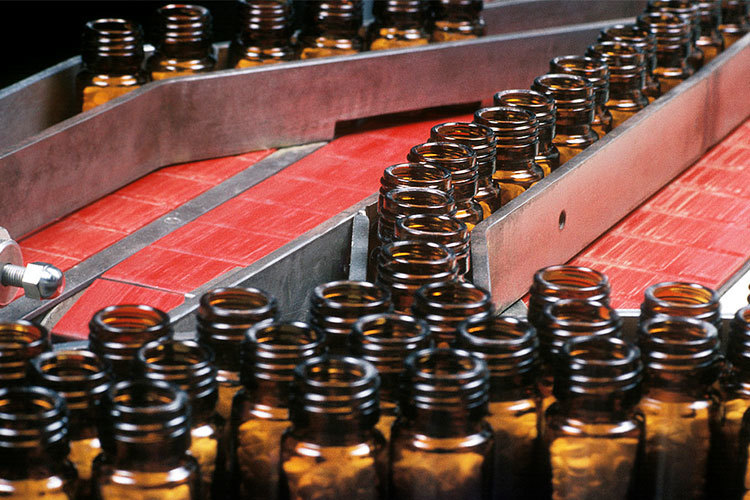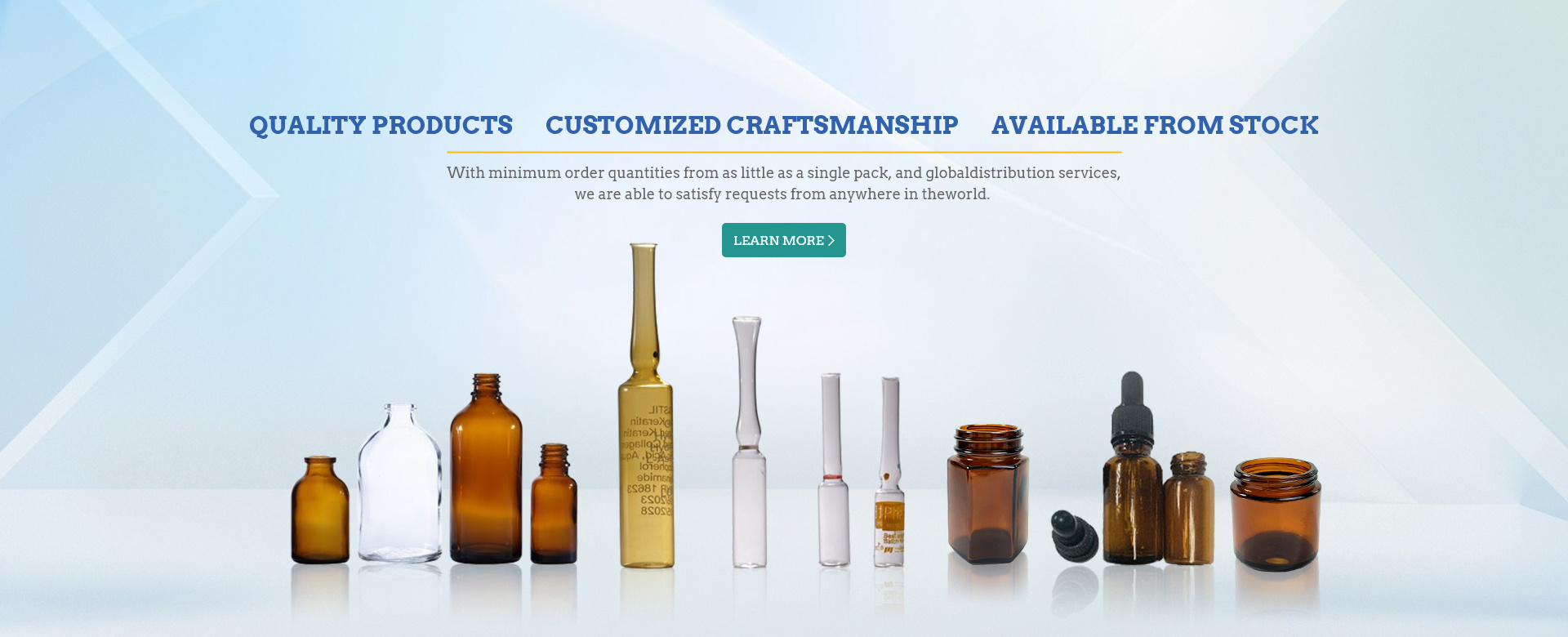Support customization and sample delivery!
Glass Vial Production Process
Author:
Munan Glass
Date:
2025-08-14
Read:
1.Tube Loading:
The glass tubes are loaded into the machine, using a state of the art automatic tube loading system.
2.Tube Opening:
The closed part of the tube is opened by using a precision burner.
3.Pre Heating:
Now the part of the tube is gradually heated that shall later form the shoulder and crown of the vial.
4.Shoulder Forming:
Using precision stepper-controlled forming systems, the shoulder is shaped.
5.Heating:
During the final heating, burners are focused on the crown area, in order to obtain the right temperature for final forming.
6.Crown Forming:
In the final forming step stepper-controlled forming dies and plugs are used to achieve the final crown shape.
7.Camera Measurement(crown):
All critical crown dimensions are verified using a camera controlled visualisation system...
8.In Process Control
which rejects non-conforming products automatically,visualisation allows the opportunity to monitor process trends and using graphs and a visual inspection of a real-time video image.
9.Pre-part Heating
During pre-parting gradual heating steps prepare the glass for the parting...
10.Mechanical Parting
In the parting process greater heat is applied over a short time before the vial is separated from the original tube. The mechanical parting step consists of lifting the bottom chuck and securing the vial while it is being heated. The vial is then separated by a precise motion that leaves the proper quantity of glass for bottom forming.

11.Bottom Heating
Bottom heating is needed to achieve the proper glass distribution and thickness.A tightly controlled process leads to a low alkalinity level.
12.Bottom Forming
The bottom is formed by using contact-free precision forming tools.
13.Transportation
The product is then transferred using a pick-and-place device to the transport conveyor, which is equipped with a cooling zone and measuring equipment.
14.Annealing
The vials are transported to the lehr.During the so-called “annealing process"stress that was induced during container conversion is released.
15.Als Inspection
Offers a proprietary,cutting-edge automatic inspection system to meet the strictest cosmeticquality demands.
16.Visual Inspection
Trained inspectors verify that the product meets customer requirements.
17.Vial Loading
The finished products are nested into the final pack configuration using our automatic packing stations. After the product is correctly configured into the packing tray, it receive seither a top or is secured by an outer shrink wrapping that holds the product firmly inplace during transport.
18.De-Packaging
Vials are unloaded by a fully automated pick-and-place system, The entire lineis designed and synchronized to reduce glass-to-glass contact and compression related defects.
19.Washing
The vials are washed internally and externally with high-pressure WFl (water for injection).The focus is on the resulting cleanliness of the surface.
20.Drying
The vials are dried with filtered air ina process optimized to minimize residual water, leading to a reduced risk of surface corrosion.
21.Depyrogenation
The vials are transported through a heat tunnel.The pre-heat zone is optimized to remove residual water, resulting in better surface chemistry. The heating zone is validated to achieve a minimum internal vial temperature and a 3-log reduction of spiked endotoxins,Integrated HEPA-filters maintain positive pressure within the tunnel to minimize the risk of particle contamination.
22.Nesting
The vials are placed into a standardized nest.
23.Tubbing
The nest is placed into an industry-standard tub before being sealed with a sterile barrier.
24.Packaging
The sealed tub is placed into two header bags for protection and integration into the filling operation.
25.Palletizing
The boxes are placed onto a pallet according to the packaging specification.
26.EtO Sterilization
The pallets are loaded into the sterilization chamber and processed with a validated cycle.
27.Transportation
Pallets are loaded onto a truck for further transportation.
Related news
Related products
PRODUCT CATEGORY


















